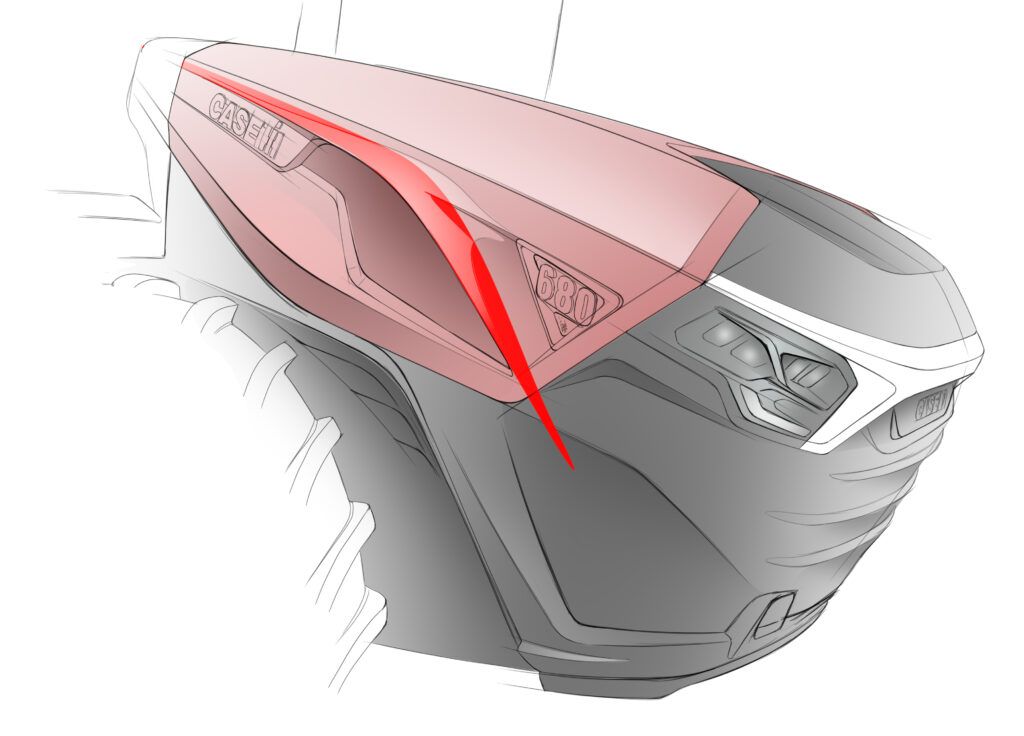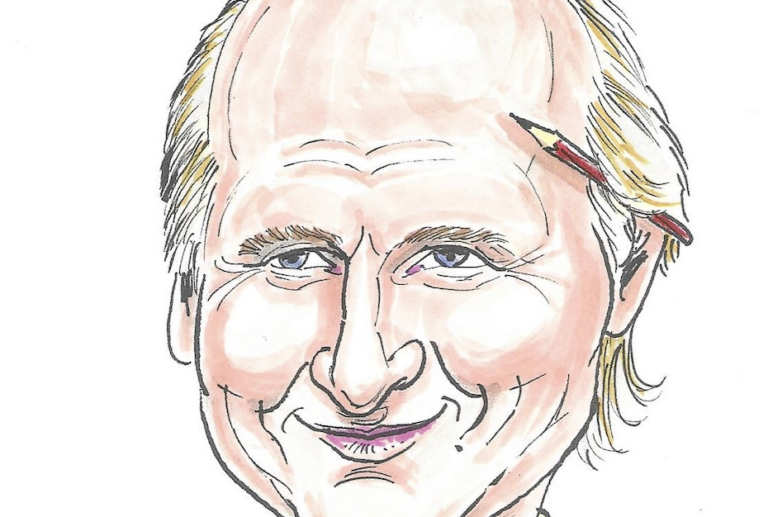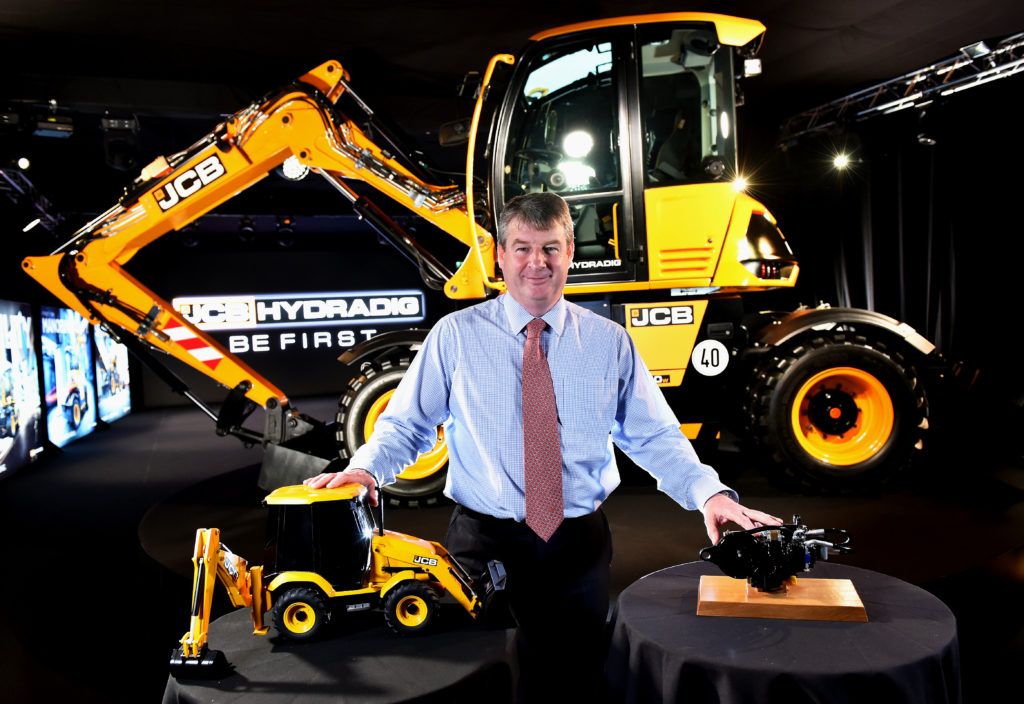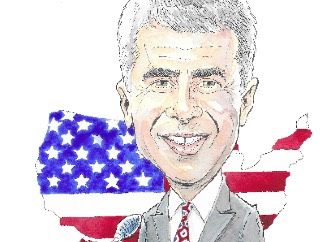From Case IH’s Steiger 715 Quadtrac to its smallest Farmall Electric, David Wilkie, design director for CNH Industrial, explores how to maintain aesthetic consistency…
***
Developing a design language is a complex challenge that requires quite a bit of research and development in order to find a good design theme that would work across many very different proportions and sizes as well as different types of machines which have completely individual profiles.
Some time ago we initiated a study to create a solid long term design vision that would help us when designing individual new models. A design vision needs to align with the company and brand core values. This is where we began.
From brand to form
Our industrial design team worked closely with the Case IH brand who were defining the values for the future of Case IH. Once these key brand values were defined the design team needed to translate them into a form that would convey them correctly to customers. It’s aligning the brand values and translating them successfully with design elements, (shape, colour and materials), into product values. There is also a strong link to the company heritage, as I mentioned in a previous article.
This type of design project is a dream for designers – and the challenge is open to the global design team. The chance for all the design studios to compete on such a task opens up a lot of positive competition and really helps raise the bar. It’s not every day that you have the chance to create the next generation of designs.
Alfa experience
Here, my experience at Ghia (Ford’s Advanced Design Centre) and the Italian car designers Bertone really helped me. Ford had the Premier Automotive Group (PAG) at that time so designers often worked on Jaguar and Aston Martin as well as Lincoln, Mercury and Ford of Europe.
In Bertone, the opportunity to work on Alfa Romeo and Ferrari gave me real insight into brand positioning. We had to understand the customer and their needs while designing. This is just the same in the world of agriculture, although it can be more complex to achieve.
The big difference here is that cars are designed model by model, continuously pushing forward the design theme. In agriculture we have to consider carefully all of our machines while designing the next generation; testing the most promising design themes on all of the tractor ranges as well as our harvesting machines and attachments. The whole range needs to be coherent even if some machines are launched before others.
Importance of design identity
So what are the Case IH values? They are: innovation, superior quality, heritage, robust, authentic, advanced technology and confidence.
“The Blade Reimagined – boldly sweeping across the side of the dramatic ‘blade’ brings motion though the tractor but as the design evolves the blade will evolve in order to aid in showcasing the efficiency and power of the tractor”

This is one of the key elements that create the Case IH styling however there is another area where the brand needs to be differentiated. It’s the specific electrification and alternative fuel identification. The use of special bespoke colours and materials as well as signature illumination details help to highlight the advanced powertrain technology.
This all goes to show that design identity is a really important brand value that helps to convey quality, technology and character of the tractor to the customer. There has to be a bond between man and machine, and this comes from design.
*
This article originally appeared in the October issue of iVT International





